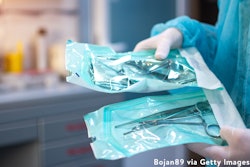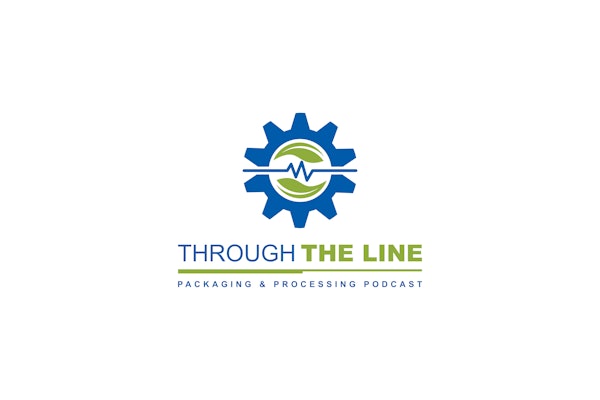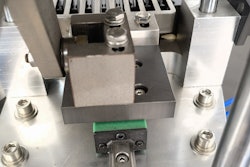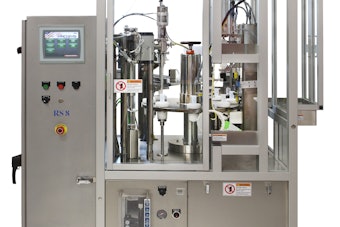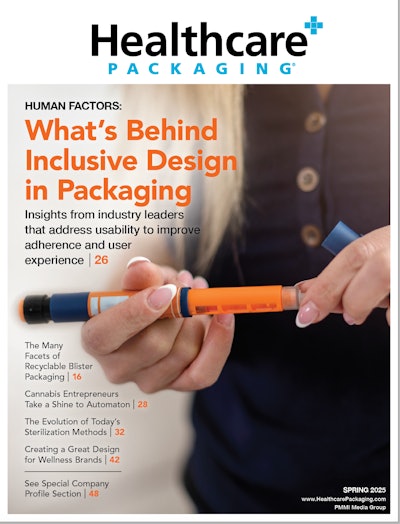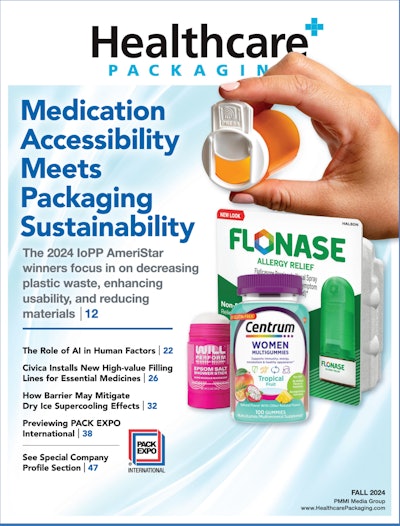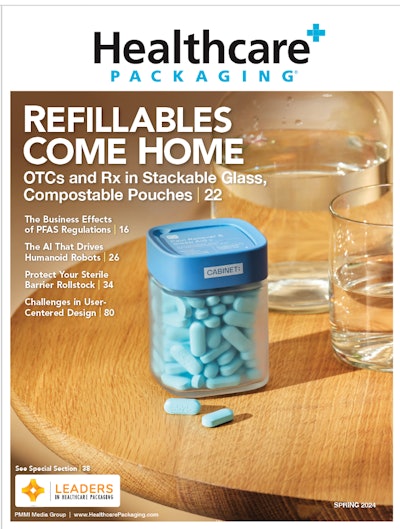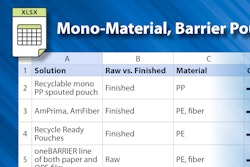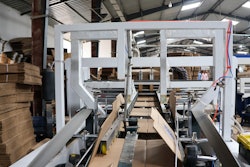 | Watch the full interview at Healthcare Packaging to learn more about medical device packaging best practices. |
Elisabeth Cuneo: So, switching gears a little bit with medical device development, there's a lot of goals around that. So, there's pressures to be more sustainable with the materials used or, recycling or take-back programs. There's cost reduction, which is on everyone's mind. There's regulations. They're trying to create a user-friendly or a patient-centric device. So how do you balance all those things day-to-day?
Jim Hamerslag: Yeah. When we look at, when I think about the packaging of our medical devices, number one, you have, the product requirements, and you have regulatory requirements, but one of the things that's most important and people miss this, is the interaction with the customer. How is the customer going to work with this product? How does it fit in? Does it fit in well with their workflow? And our customers are primarily in the lab. You can have a high-quality product, but if you package it in a way that looks or is perceived to be low quality, that's a negative impact. So not only do you actually have to have a high-quality product, but you need to present it to the customer so that they then realize that it is a high-quality product.



